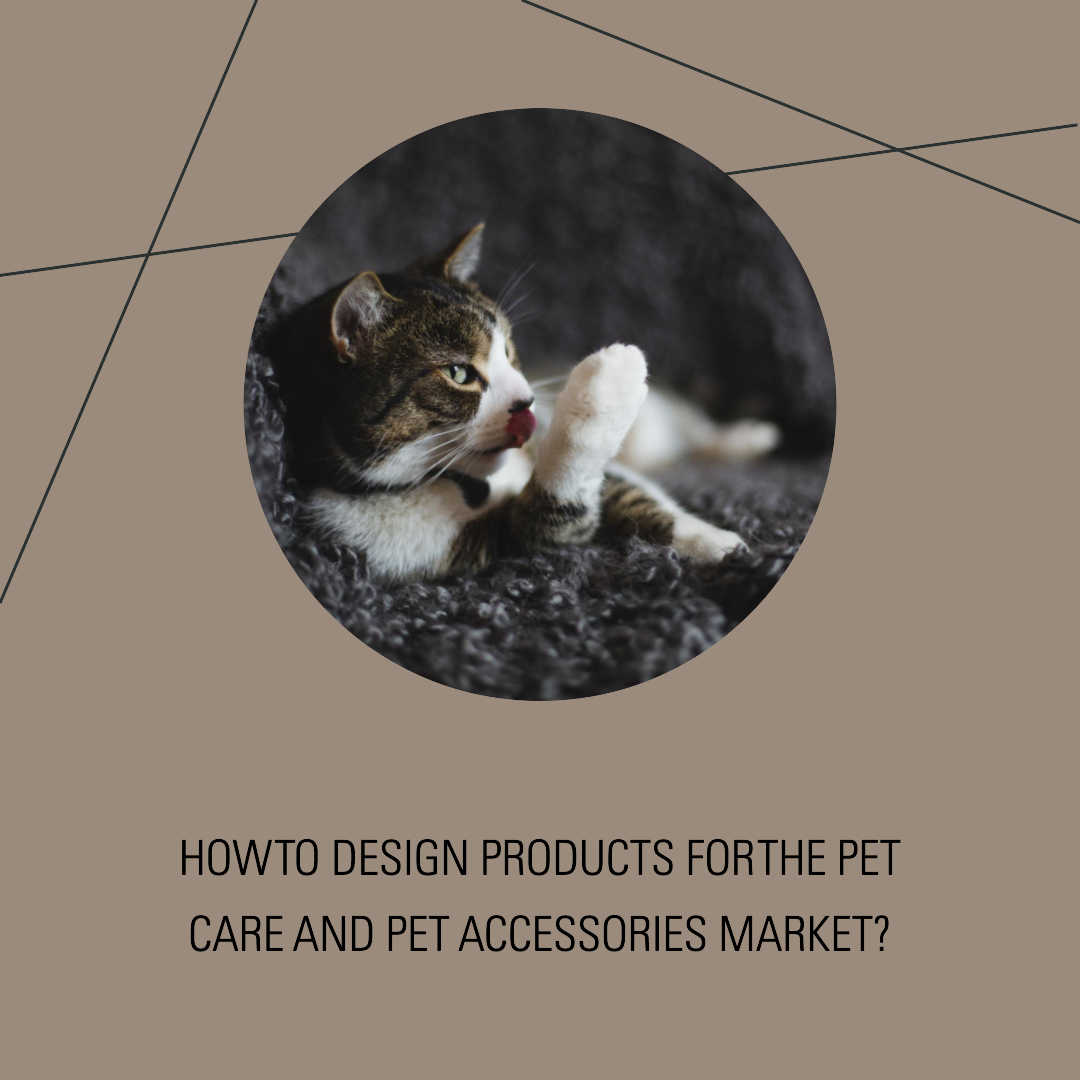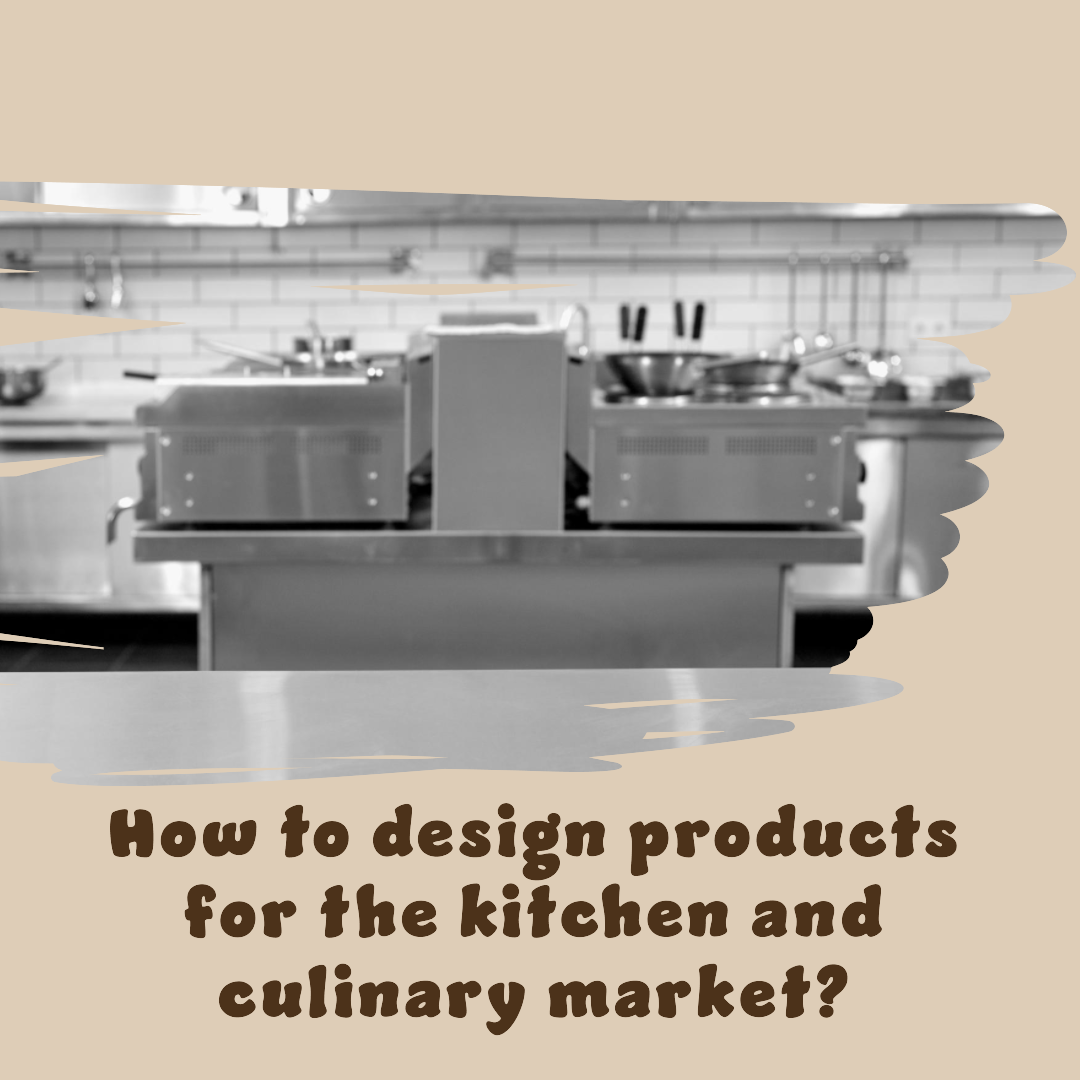Have you ever daydreamed about shaping how people interact with digital products? Does the idea of solving user problems through intuitive design and beautiful interfaces resonate with you? If so, you might be drawn to the exciting world of product design. But a common question often stands in the way: Can I be a product designer without a degree?
The answer, thankfully, is a resounding YES!. While a degree in design or a related field can be a valuable asset, it’s not the golden ticket to a successful career in product design. The field welcomes talent from diverse backgrounds, valuing skill, passion, and a hunger to learn above all else.
What is a Product Designer?
Product designers wear many hats, acting as the bridge between users and technology. They combine creativity with analytical thinking to solve problems, enhance user experiences, and ultimately improve the success of digital products. Their responsibilities span crafting engaging interfaces, iterating on prototypes, conducting user research, and collaborating with various teams to bring products to life.
Is it Hard to Get into Product Design?
The perception of difficulty often stems from the rapid evolution of the field and the ever-changing technological landscape. But the truth is, the barrier to entry has never been lower. With the abundance of online resources, affordable learning platforms, and thriving design communities, anyone with dedication and a passion for design can acquire the necessary skills and break into the field.
What Skills and Qualifications Do You Need?
While a formal degree isn’t a requirement, certain core skills are essential for success:
- Visual Design: Mastering the principles of graphic design, understanding typography, and creating user-friendly interfaces are crucial.
- UX/UI Design: Grasping user-centered design principles, conducting user research, and crafting intuitive user flows are core competencies.
- Prototyping and Design Tools: Proficiency in software like Figma, Sketch, or Adobe XD allows you to bring your ideas to life.
- Communication and Collaboration: Effectively communicating your design decisions and collaborating with developers, product managers, and other stakeholders is vital.
- Problem-Solving and Critical Thinking: Product design is about solving problems for users. Ability to identify pain points, think creatively, and iterate on solutions is key.
How to Become a Product Designer:
So, how do you navigate the path to becoming a product designer? Here’s a 5-step roadmap to guide you:
Step 1: Explore Product Design Fundamentals:
- Immerse yourself in the world of design: Read books, articles, and blogs, follow industry leaders, and explore design platforms like Dribbble and Behance.
- Take online courses and workshops: Platforms like Coursera, Udemy, and Skillshare offer affordable and accessible courses on UX/UI fundamentals, design tools, and design thinking.
- Start designing: Design mockups of apps you use, participate in design challenges, and build a personal design project to showcase your skills.
Step 2: Get a Practical Product Design Education:
- Enroll in a bootcamp or design program: Bootcamps offer intensive, short-term programs focused on career-ready skills and portfolio development. Consider programs like Springboard, CareerFoundry, or General Assembly.
- Participate in mentorship programs: Find a mentor in the field who can guide you, review your work, and offer valuable career advice.
- Attend industry events and conferences: Network with other designers, learn from industry experts, and stay updated on the latest trends.
Step 3: Build Your Portfolio:
- Focus on quality over quantity: Choose 3-5 projects that showcase your skills and design process.
- Tell a story with each project: Explain the problem you solved, the design decisions you made, and the impact of your work.
- Get feedback and iterate: Share your portfolio with other designers and mentors, gather feedback, and continuously improve your work.
Step 4: Hone Your Networking Skills:
- Connect with designers online: Join Facebook groups, LinkedIn groups, and online communities of product designers.
- Attend meet-ups and workshops: Network with other aspiring and established designers in your local area.
- Reach out to companies and professionals: Don’t be afraid to cold email or connect with designers and companies whose work you admire.
Step 5: Be Proactive in Your Job Search:
- Tailor your resume and portfolio to each job application.
- Prepare for design interviews: Practice presenting your portfolio and answering common design interview questions.
- Don’t be afraid to apply for junior roles: Gain experience and build your portfolio before aiming for senior positions.
Wrap-up and Next Steps:
Becoming a product designer is a journey, not a destination. It requires continuous learning, dedication, and a passion for design. Remember, the path to success doesn’t always follow a straight line. Embrace challenges, learn from setbacks, and most importantly, never stop creating.
Here are some final tips to guide your journey:
- Stay curious and keep learning: The field of product design is constantly evolving. Stay up-to-date with the latest trends, tools, and technologies through online resources, conferences, and workshops.
- Build a strong community: Surround yourself with other designers, mentors, and individuals who share your passion for design. This supportive network will provide invaluable feedback, encouragement, and opportunities for collaboration.
- Give back to the community: Share your knowledge and skills by mentoring others, contributing to open-source projects, or speaking at events. This not only strengthens the design community but also showcases your expertise.
- Be patient and persistent: Success takes time and effort. Don’t get discouraged by setbacks. Keep iterating on your skills, portfolio, and approach, and eventually, your hard work will pay off.
How to Become a Product Designer: FAQ
Q: Do I need a portfolio to get hired as a product designer?
A: Absolutely! Your portfolio is your best showcase of your skills and experience. It’s what sets you apart from other candidates and convinces potential employers that you can contribute to their team.
Q: What are some common mistakes to avoid when building a portfolio?
A: Including too many projects, focusing solely on visuals neglecting the design process, and neglecting to tailor your portfolio to the specific job you’re applying for are common missteps.
Q: Is it possible to land a product design job without any experience?
A: While experience is valuable, it’s not always necessary. Strong skills, a passion for design, and a well-built portfolio can still open doors for entry-level positions.
Q: What are the salary expectations for product designers?
A: Salaries vary depending on experience, location, company size, and skill level. However, product design is a growing field with generally good compensation.
Q: Where can I find job opportunities for product designers?
A: Job boards like LinkedIn, Indeed, and Glassdoor are great resources. Additionally, many design agencies and companies directly advertise open positions on their websites.
Remember, the key to success in product design is a blend of passion, hard work, and continuous learning. Embrace the journey, stay connected to the community, and never stop refining your skills. The world of product design awaits, and you have the potential to make a real impact on it.








